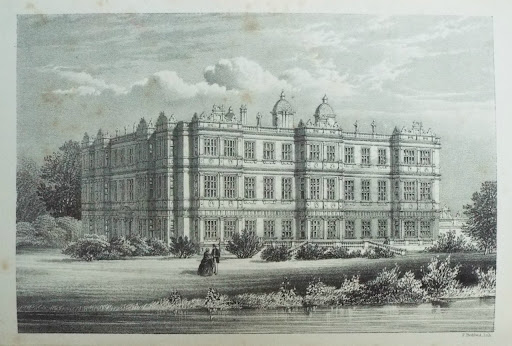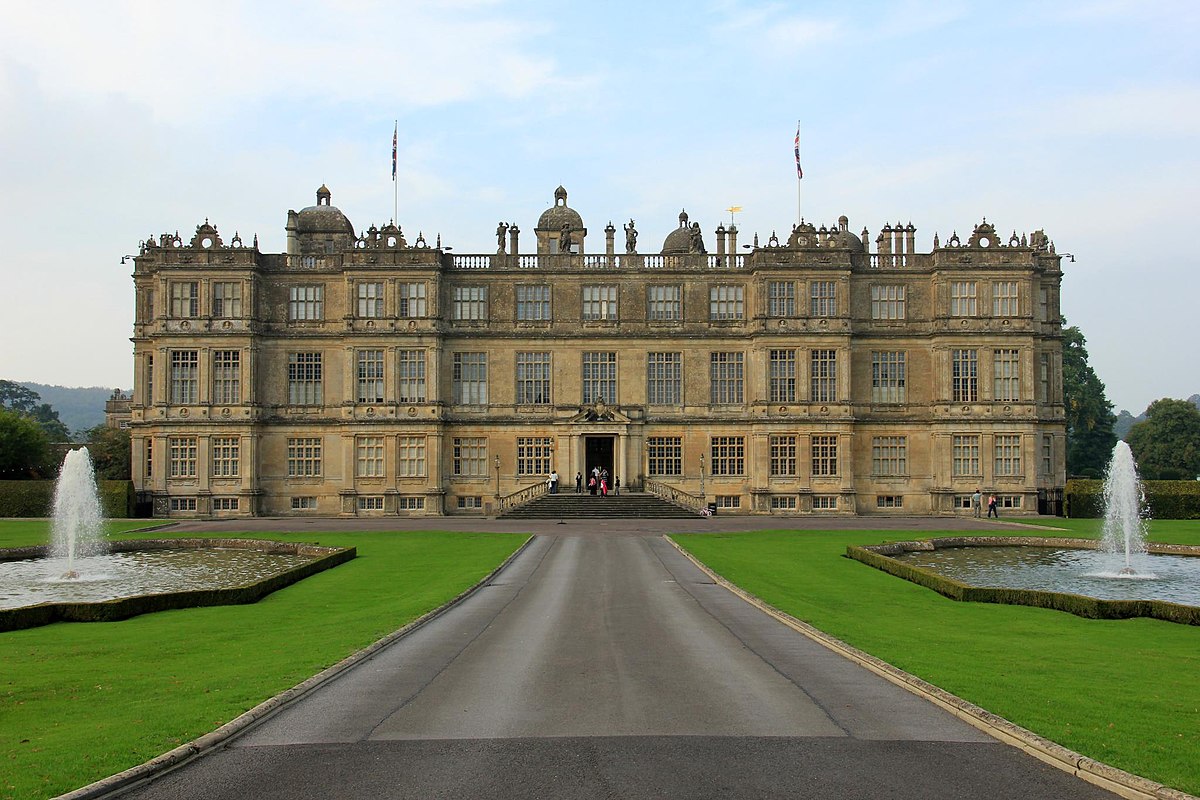Home of the Marquess of Bath, Longleat now hosts a safari park and a famous maze (the world’s longest!). But in the Regency era, this stately Elizabethan “prodigy house” boasted a landscaped park and dramatic drive designed by Capability Brown in the late 18th century.
Nestled in between Warminster (Wiltshire) and Frome (Somerset) near the village of Horningsham, Longleat sits in roughly 1,000 acres of parkland joined with 4,000 acres of farmland and 4,000 acres of woodland. Prior to the Georgian era, the parkland consisted of mostly formal gardens.
Home to Thomas Thynne, the 2nd marquess of Bath during the Regency era, Longleat would be modernized by Jeffry Wyatville and given a once over by Humphrey Repton. Additions to the estate during his reign included the Orangery. Much of the interior, including the grand staircase, was also significantly remodeled during the 19th century.

The British Tourists; Or Traveller’s Pocket Companion, Through England, Wales, Scotland, And Ireland. Comprehending the most Celebrated Tours In The British Islands, 1800

The 2nd Marquess would open up the grounds for picnics and excursions for the general public beginning in 1820, whereas prior it would be at request.
The Beauties of Wiltshire, 1801
Longleat is said to be haunted by the “Green Lady”, thought to be the ghost of Louisa Carteret, wife of the 2nd Viscount Weymouth who occupied Longleat in the early 18th century.
Read more about Longleat and the Thynne family, including the heir falling in love with the toll keeper’s daughter: https://janeaustensworld.com/tag/longleat/









